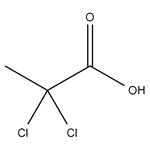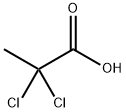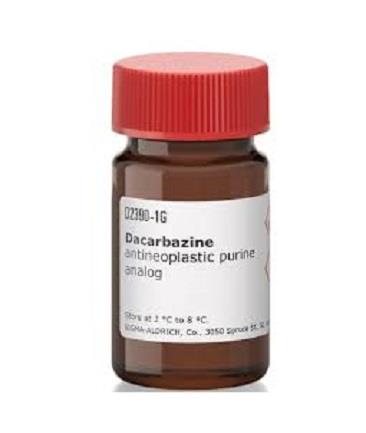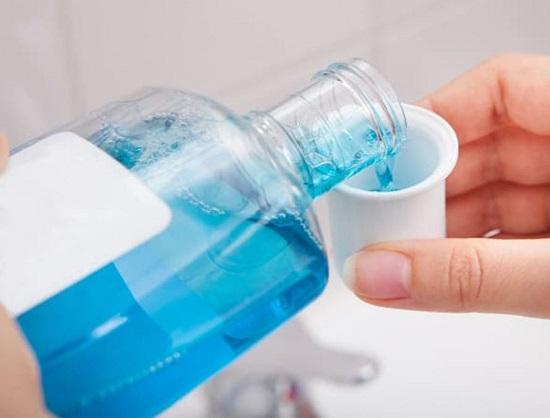Uses of 2,2-Dichloropropionic acid
Dalapon is a commonly used herbicide for the control of annual and perennial grasses in croplands. The US Environmental Protection Agency (EPA) has listed dalapon as a general use pesticide and categorized dalapon as a Class II toxic agent (moderately toxic). As such, any product that contains dalapon would be labeled with ‘warning.’ The moderate toxicity associated with dalapon is confined primarily to workers around dalapon and those individuals who are applying dalapon. Contact with the herbicide can be caustic to human skin, damaging to the conjunctiva of the human eye, and irritating/damaging to the upper respiratory system of humans.

Uses
Dalapon is used as an herbicide primarily to control annual and perennial grasses, including Bermuda grass and Johnson grass. Use of dalapon on food crops is primarily with sugarcane and sugar beets. Dalapon is also used on fruits, potatoes, carrots, asparagus, alfalfa, and flax, and in forestry, home gardening, and to control reed and sedge growth in aquatic environments.
Environmental Fate
Dalapon is somewhat persistent in soil but does not readily adsorb to soil particles. It can remain active in soil for several months when applied at high rates. In general, dalapon is considered to have low to moderate persistence with detection in soil for 2–8 weeks. Due to its inability to bind to soil particles, dalapon has a relatively high mobility in soil, with leaching possible. Microorganisms in the soil are very efficient at degrading dalapon. The herbicide is usually not found below the first 6 inches of soil layer.
Breakdown is relatively rapid and complete, leading to the production of compounds that are not naturally occurring. Soil microorganisms are efficient at degrading dalapon, however, such that dalapon is not typically found in groundwater. High temperatures and increased moisture accelerate dalapon degradation in soil. Dalapon can also be degraded by ultraviolet light. In aquatic environments, dalapon is degraded by microorganisms (most important), hydrolysis, and photolysis. In the absence of microbial degradation, the half-life of dalapon is several months or longer if the water temperature is below 25°C, with the primary hydrolysis product being pyruvate. Dalapon is absorbed by both plant roots and leaves followed by translocation. With high applications, dalapon precipitates and leads to local corrosive effects on plants. Due to the ability of dalapon to be rapidly metabolized and degraded by microorganisms, hydrolyzed to pyruvate, rapidly translocated to plants, and quickly moved through the environment, it is not expected that dalapon will constitute any bioaccumulation hazard.
Mechanism of action
The mechanism of action of dalapon is the same as for most acids. The acid denatures tissue proteins upon contact. At lower concentrations, the dalapon causes nonlethal yellowing of sensitive plants, which clearly distinguished them from resistant plants. The mode of action of chlorinated aliphatic acids is not known but they probably affect many enzyme pathways. Dalapon is readily absorbed into roots and leaves of plants and then translocated. Lower concentrations will inhibit plant growth and cause leaf chlorosis, followed by necrosis and death. Higher concentrations of dalapon will result in significant necrosis of areas of the plant in contact with dalapon. Although the direct mechanism of these effects has remained elusive, it is thought that dalapon may affect lipid, carbohydrate, and nitrogen metabolism as secondary effects. One prevailing hypothesis for the primary dalapon affect is that dalapon exerts direct effects on plant structural proteins leading to these secondary metabolic outcomes.
);You may like
Lastest Price from 2,2-Dichloropropionic acid manufacturers

US $8.00-0.80/KG2024-04-09
- CAS:
- 75-99-0
- Min. Order:
- 1KG
- Purity:
- 99%
- Supply Ability:
- g-kg-tons, free sample is available


